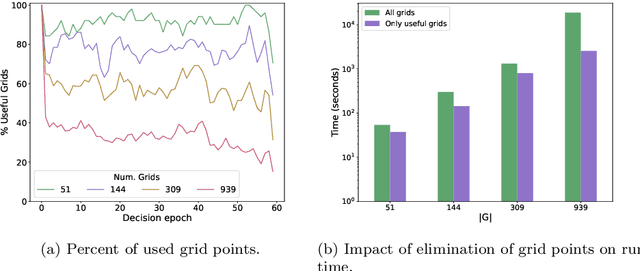Davood Pirayesh Neghab
Explaining Exchange Rate Forecasts with Macroeconomic Fundamentals Using Interpretive Machine Learning
Mar 23, 2023Abstract:The complexity and ambiguity of financial and economic systems, along with frequent changes in the economic environment, have made it difficult to make precise predictions that are supported by theory-consistent explanations. Interpreting the prediction models used for forecasting important macroeconomic indicators is highly valuable for understanding relations among different factors, increasing trust towards the prediction models, and making predictions more actionable. In this study, we develop a fundamental-based model for the Canadian-U.S. dollar exchange rate within an interpretative framework. We propose a comprehensive approach using machine learning to predict the exchange rate and employ interpretability methods to accurately analyze the relationships among macroeconomic variables. Moreover, we implement an ablation study based on the output of the interpretations to improve the predictive accuracy of the models. Our empirical results show that crude oil, as Canada's main commodity export, is the leading factor that determines the exchange rate dynamics with time-varying effects. The changes in the sign and magnitude of the contributions of crude oil to the exchange rate are consistent with significant events in the commodity and energy markets and the evolution of the crude oil trend in Canada. Gold and the TSX stock index are found to be the second and third most important variables that influence the exchange rate. Accordingly, this analysis provides trustworthy and practical insights for policymakers and economists and accurate knowledge about the predictive model's decisions, which are supported by theoretical considerations.
A multi-objective constrained POMDP model for breast cancer screening
Jun 10, 2022



Abstract:Breast cancer is a common and deadly disease, but it is often curable when diagnosed early. While most countries have large-scale screening programs, there is no consensus on a single globally accepted policy for breast cancer screening. The complex nature of the disease; limited availability of screening methods such as mammography, magnetic resonance imaging (MRI), and ultrasound screening; and public health policies all factor into the development of screening policies. Resource availability concerns necessitate the design of policies which conform to a budget, a problem which can be modelled as a constrained partially observable Markov decision process (CPOMDP). In this study, we propose a multi-objective CPOMDP model for breast cancer screening with two objectives: minimize the lifetime risk of dying due to breast cancer and maximize the quality-adjusted life years. Additionally, we consider an expanded action space which allows for screening methods beyond mammography. Each action has a unique impact on quality-adjusted life years and lifetime risk, as well as a unique cost. Our results reveal the Pareto frontier of optimal solutions for average and high risk patients at different budget levels, which can be used by decision makers to set policies in practice.
 Add to Chrome
Add to Chrome Add to Firefox
Add to Firefox Add to Edge
Add to Edge